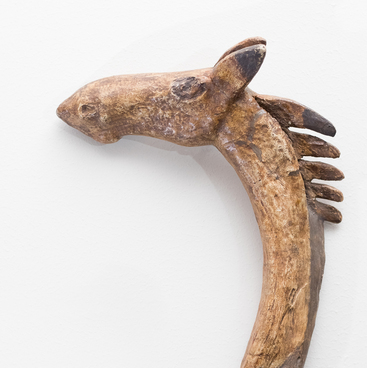Since ancient times, Karelia has been a strategically important border region for Russia — not only as an outpost, but also a developed trade route. Numerous fairs were held here, at which merchants from different regions of the country and adjacent foreign territories brought their goods. The merchants often turned out to be pioneer travelers and the first ambassadors to other countries. Trade relations contributed to the dialogue of peoples and cultural contacts between them.
Every year in October, most men from Northern Karelian villages, including teenagers and old people, went to sell goods in the neighboring Finnish provinces for the winter. They went by different routes to Helsinki, Turku, the Aland Islands, to northern Finland — the provinces of Häme and Satakunta.
Goods were carried in tall leather or linen bags, or in boxes. The merchants sold bread, flour, salt, fabrics, leather products, furs, tobacco, iron, needles, mirrors, textile products (cotton, linen, silk, cloth, chintz) and much more.
The Russian term “korobeiniki” (“peddlers”) began to be used in Karelia at the turn of the 20th century. The Finns called the Karelian merchants “laukkuryssa”, or “reppu-ryssar” — “Russian bagmen”. Karelian peddlers were courageous, quick-witted and skilled. They knew many peasant jokes, poems, songs that were passed down from generation to generation.
In 1822–1831, a collection of Sakari Topelius, the elder, “Ancient and also more modern poems and songs of the Finnish people”, was published in Finland, in the preparation of which the records of peddlers were used. For almost ten years in a row, in winter, rune-singers-merchants from the White Sea Karelia came to Topelius’s house in Nykarleblu (Finland).
The merchants wore comfortable shoes without heels — “pieksi”, boots with pointed toes bent upwards. They sewed such shoes from rawhide. Rawhide processing is the oldest manufacturing method. The hide is first cleaned of the remains of animal flesh; the fur is removed, then impregnated with special substances and dried, while being periodically folded.
The “pieksi” are presented in the section of the permanent exhibition “In the Land of Runes and Epics. Discovery and Study of Folklore in Karelia in the 19th and 20th centuries”. It was possible to go skiing in these boots — they held the straps well.
Every year in October, most men from Northern Karelian villages, including teenagers and old people, went to sell goods in the neighboring Finnish provinces for the winter. They went by different routes to Helsinki, Turku, the Aland Islands, to northern Finland — the provinces of Häme and Satakunta.
Goods were carried in tall leather or linen bags, or in boxes. The merchants sold bread, flour, salt, fabrics, leather products, furs, tobacco, iron, needles, mirrors, textile products (cotton, linen, silk, cloth, chintz) and much more.
The Russian term “korobeiniki” (“peddlers”) began to be used in Karelia at the turn of the 20th century. The Finns called the Karelian merchants “laukkuryssa”, or “reppu-ryssar” — “Russian bagmen”. Karelian peddlers were courageous, quick-witted and skilled. They knew many peasant jokes, poems, songs that were passed down from generation to generation.
In 1822–1831, a collection of Sakari Topelius, the elder, “Ancient and also more modern poems and songs of the Finnish people”, was published in Finland, in the preparation of which the records of peddlers were used. For almost ten years in a row, in winter, rune-singers-merchants from the White Sea Karelia came to Topelius’s house in Nykarleblu (Finland).
The merchants wore comfortable shoes without heels — “pieksi”, boots with pointed toes bent upwards. They sewed such shoes from rawhide. Rawhide processing is the oldest manufacturing method. The hide is first cleaned of the remains of animal flesh; the fur is removed, then impregnated with special substances and dried, while being periodically folded.
The “pieksi” are presented in the section of the permanent exhibition “In the Land of Runes and Epics. Discovery and Study of Folklore in Karelia in the 19th and 20th centuries”. It was possible to go skiing in these boots — they held the straps well.



